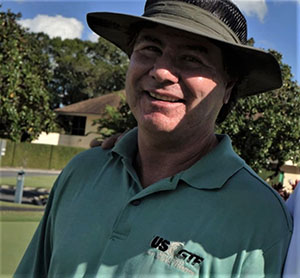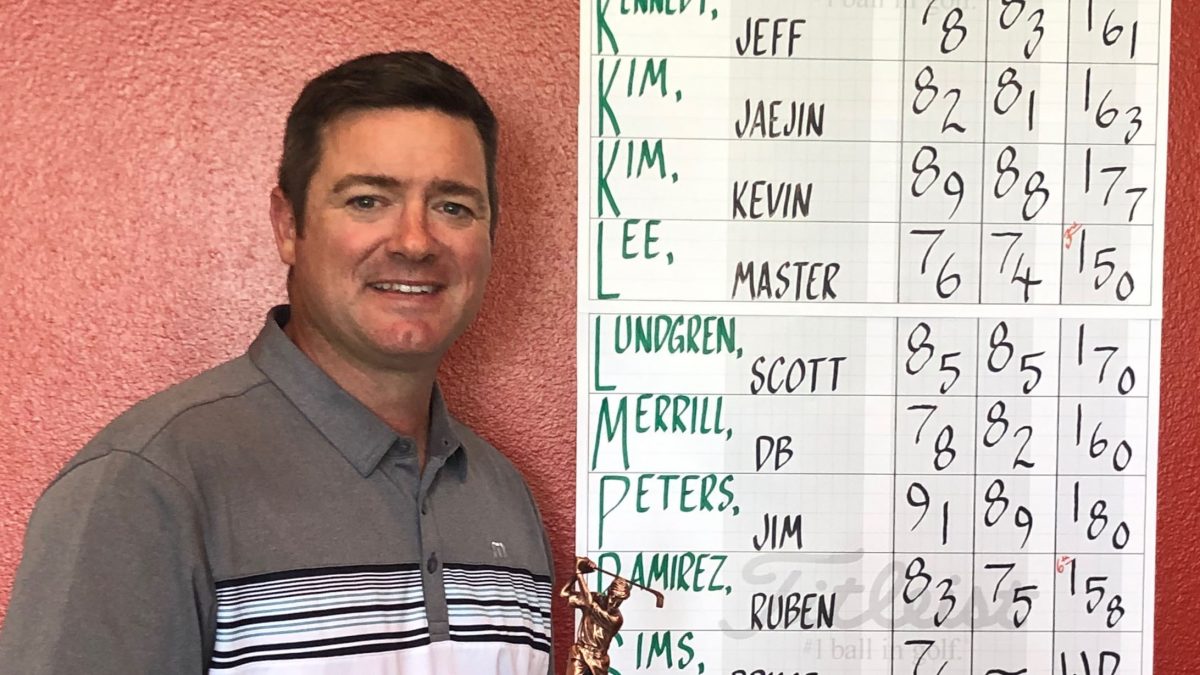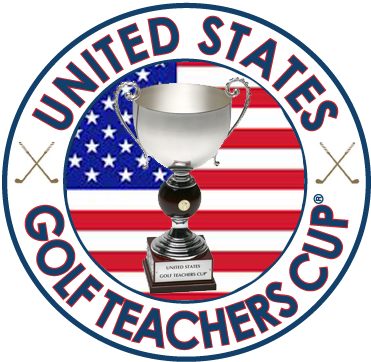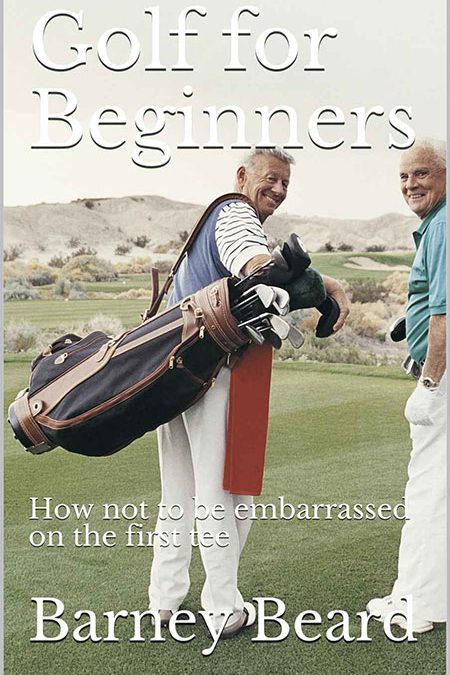Editorial: Sun Protection – It’s Not Too Late to Start
She made such an impression on me that I went out the very next day and bought a straw hat. Twenty-eight years later, here in 2019, I still wear a wide-brimmed hat and lather on sunscreen before each and every foray into the sun, whether I’m teaching, playing golf, or just spending some time outdoors.
You would think, in this day and age and with all the information we have about skin cancer that this would be the norm, but sadly, I’m an exception. Virtually every male tour player wears only a baseball cap, and it’s all too common to see teaching pros on the lesson tee doing the same thing. As for regular golfers, baseball caps are definitely the predominant headwear.
I’m fortunate to be at lesser risk for skin cancer due to my mom being from southern Italy and I inherited her darker hair and eyes, but I’d like to think I’ve staved off some real damage by taking that advice I received in 1991. The back and sides of my neck are still relatively smooth for someone my age, unlike the leather-beaten skin of some of my baseball-cap-wearing peers. And perhaps I would have had skin cancer by now.
I realize that old habits die hard and that I might convince only one or two people to adapt a new sun regimen, but I won’t quit trying. Please, for your health and the health of your skin, start doing more to cover up.
By Mark Harman, USGTF National Course Director







